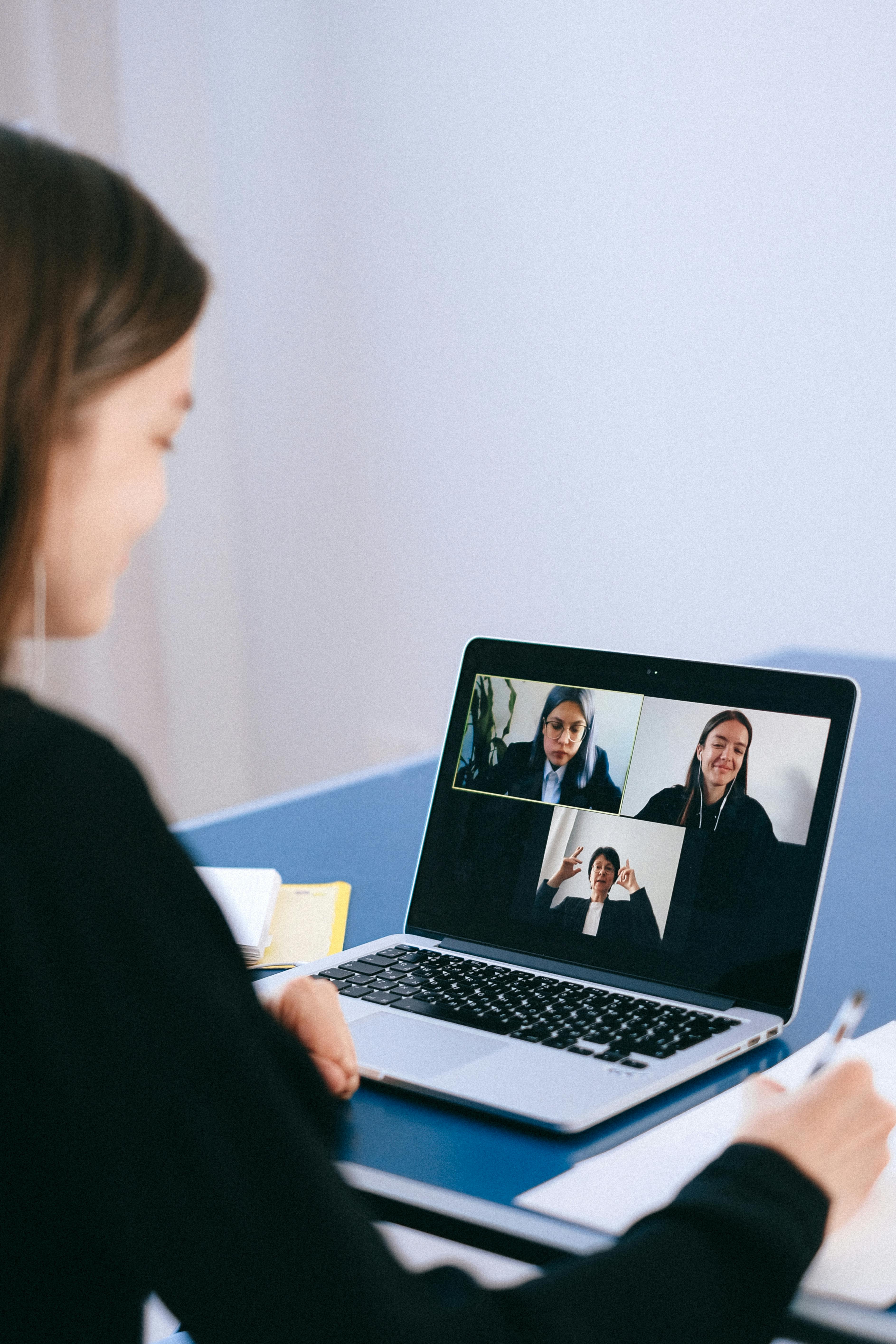The Future of Gamification in Employee Engagement: Trends to Watch

Gamification has emerged as a transformative strategy in enhancing employee engagement, leveraging game-like elements to motivate and connect employees within the workplace. As organizations navigate the complexities of a competitive business landscape, understanding the future trends in gamification is crucial for fostering a motivated and productive workforce.
- Increasing Adoption of Gamification in HR Strategies
Recent studies indicate that a significant number of organizations are integrating gamification into their HR practices. By 2024-2025, it is projected that 70% of organizations will incorporate gamification into their employee engagement strategies. This shift reflects a growing recognition of gamification’s potential to enhance learning, productivity, and employee satisfaction. - Personalization Through Advanced Technologies
The future of gamification will heavily rely on advanced technologies such as artificial intelligence (AI) and data analytics. These tools will enable companies to create personalized gamified experiences tailored to individual employee strengths and preferences. For instance, AI can analyze employee performance data to offer customized challenges that resonate with their skills, thereby enhancing engagement and motivation - Emphasis on Collaboration and Team Dynamics
Gamification is not just about individual performance; it also fosters collaboration among employees. By incorporating team-based challenges and leaderboards, organizations can enhance team dynamics and build stronger interdepartmental relationships. This collaborative approach not only boosts morale but also drives collective achievements, making work feel more engaging and rewarding. - Integration of Wellness and Personal Growth Initiatives
As companies increasingly prioritize employee well-being, future gamification strategies are expected to incorporate wellness challenges and personal growth initiatives. This holistic approach aims to create a balanced work environment that promotes not only productivity but also mental health and work-life balance. Gamified wellness programs can encourage employees to engage in healthy behaviors while fostering a sense of community within the workplace. - Remote Work Adaptations
With the rise of remote and hybrid work models, gamification will play a crucial role in maintaining connections among dispersed teams. Organizations are likely to leverage social elements in gamified platforms to ensure that all employees feel included and engaged, regardless of their physical location. This adaptation is essential for sustaining productivity and morale in an increasingly digital work environment. - Continuous Feedback Mechanisms
Gamification provides opportunities for continuous feedback through real-time scoring systems, badges, and progress tracking. This immediate feedback loop allows employees to see their performance metrics clearly, fostering a culture of transparency and continuous improvement. As organizations adopt these mechanisms, they can expect higher levels of engagement and motivation among their workforce.
Conclusion
The future of gamification in employee engagement is poised for significant transformation as organizations embrace innovative strategies that leverage technology, promote collaboration, and prioritize employee well-being. By understanding these emerging trends, businesses can effectively harness the power of gamification to create a more engaging and productive workplace environment.
External Links
- The Power of Gamification and Employee Engagement
- Forbes Human Resources Council. (2024). Gamification And The Quest For Higher Productivity. Retrieved from Forbes.
- How Gamification Can Boost Employee Engagement









